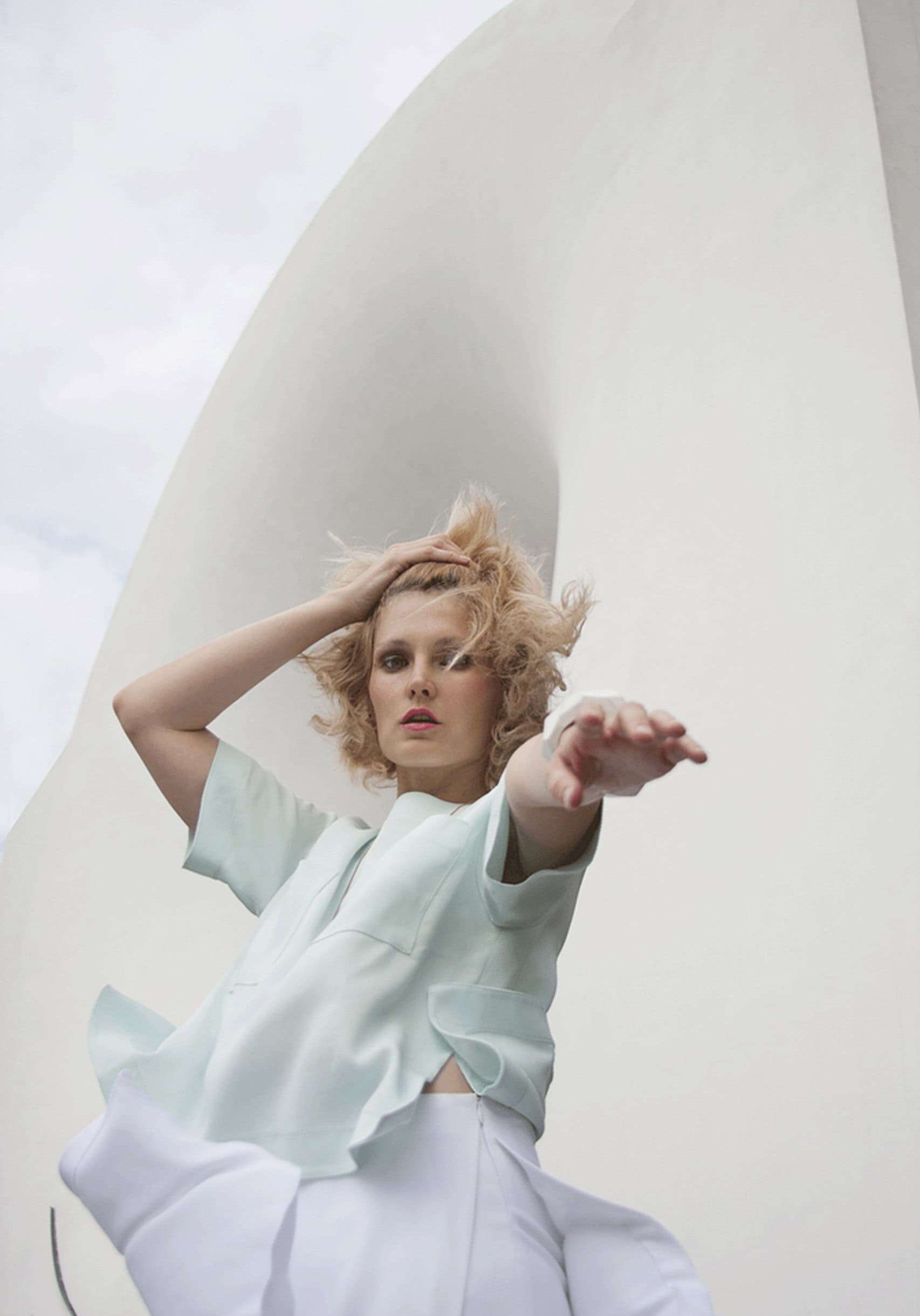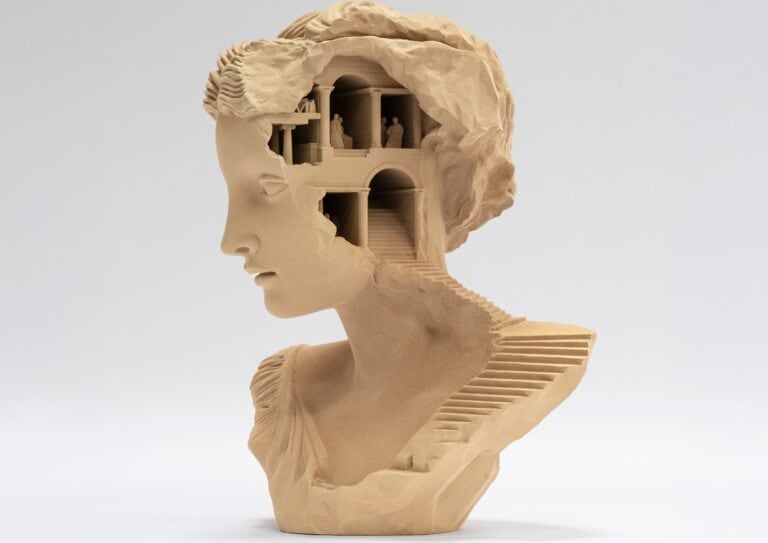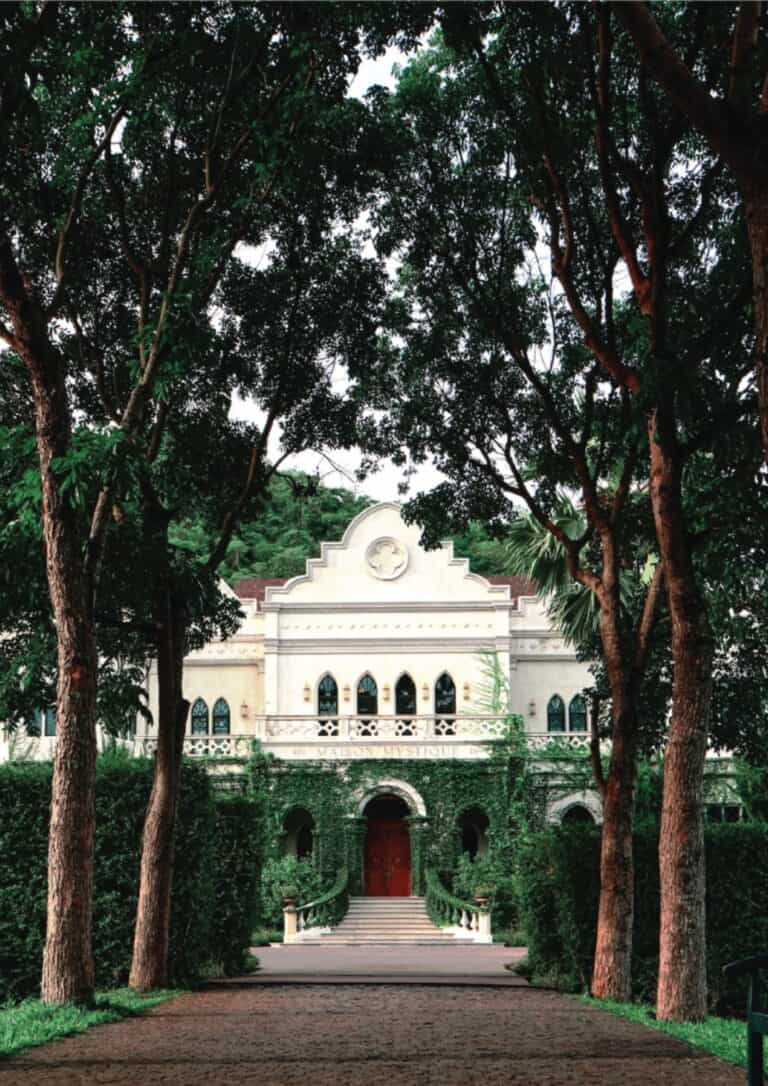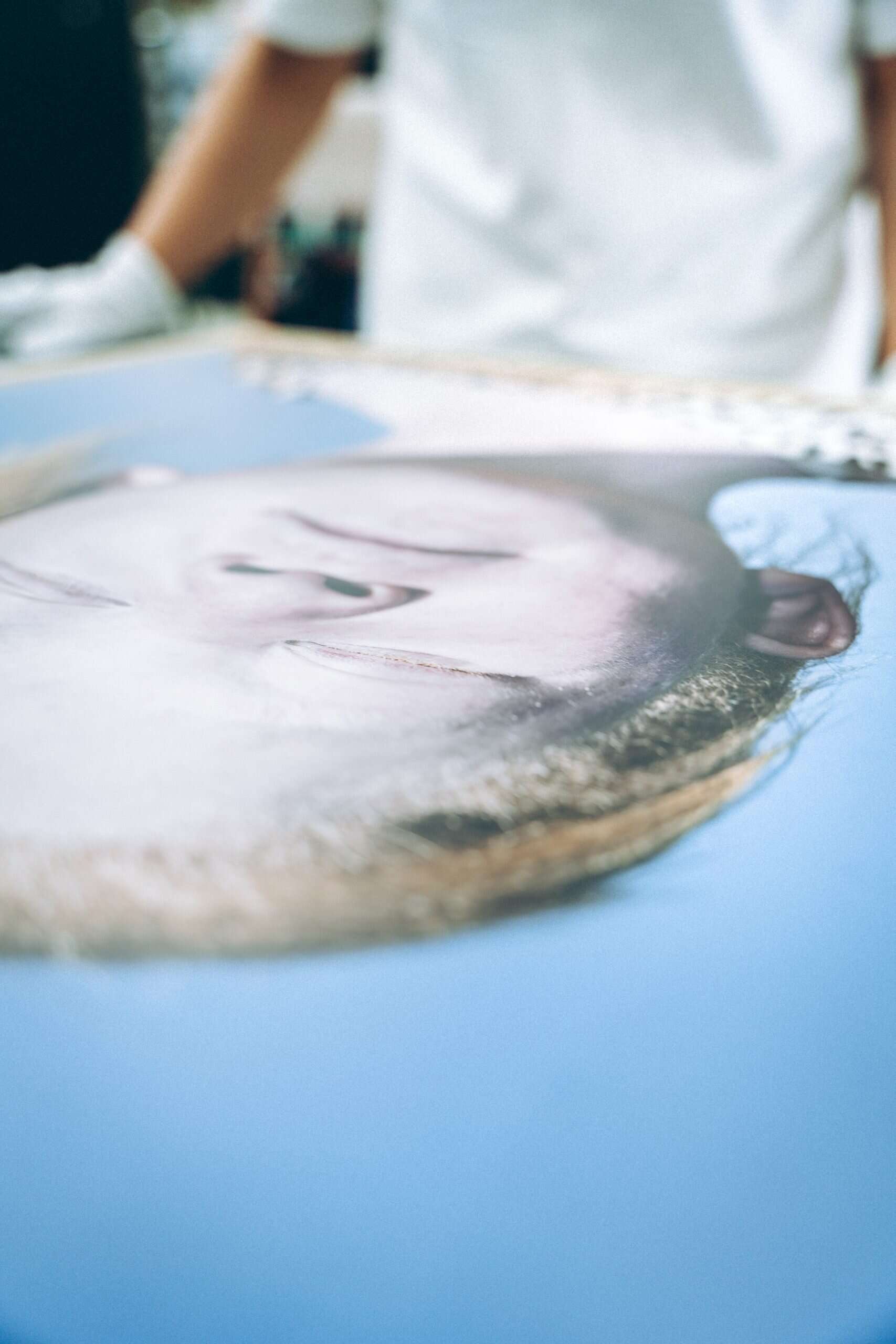
FOTOHAUS ARLES 2025: WITNESS, MEMORY, & WARNING
Mia Macfarlane
This summer, the Fondation Manuel Rivera-Ortiz in Arles becomes the stage for FOTOHAUS ARLES 2025. This exhibition does more than showcase beautiful prints—it dares to confront the precarious state of our planet. It also challenges the choices we leave to future generations. While WhiteWall, renowned for its precision printing and museum-grade framing, ensures every image shines in its best light, it’s the work of the photographers that demands our gaze.
Three exhibitions form the heart of this year’s edition. FOTOHAUS ARLES 2025 explores questions that are as unsettling as they are necessary.
Ashes of the Future: Between Destruction and Renewal
In “Ashes of the Future”, French photographer Alexandre Dupeyron steps into the charred landscapes of Gironde after the 2022 wildfires. His images are both elegy and prologue—haunting scenes where blackened pines stand like sentinels over scorched earth. However, delicate new growth hints at rebirth. Dupeyron’s poetic vision is matched by technical rigor; large-format prints on sustainably sourced wood echo his commitment to environmental responsibility. Here, destruction is not the end, but the stubborn beginning of something else in the context of FOTOHAUS.
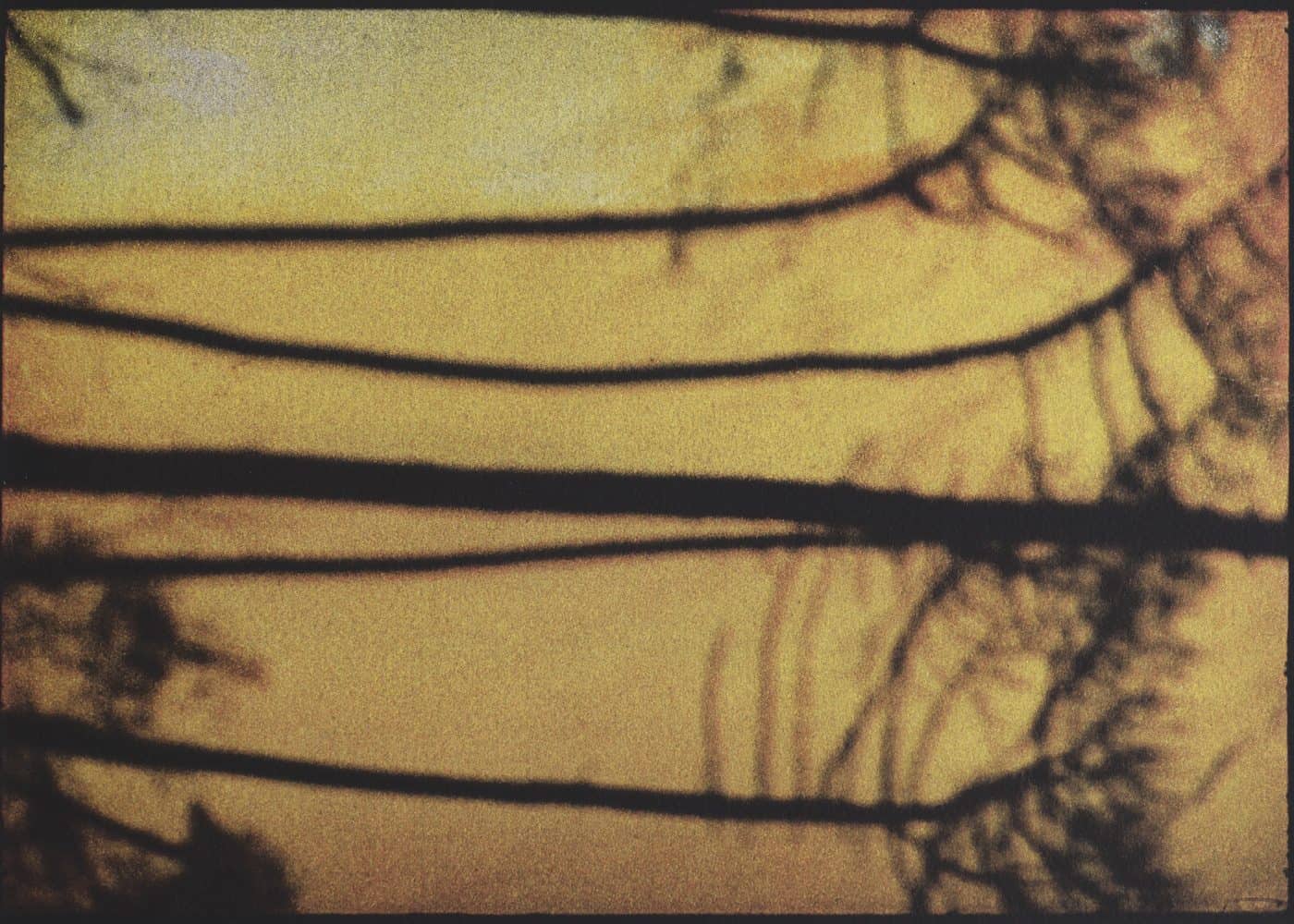
One Million Years: A Legacy of Invisible Danger
Meanwhile, “One Million Years”, by German duo Jann Höfer and Martin Lamberty, asks a question that could keep you up at night. How do you photograph a threat that will remain dangerous for a million years? Their project documents the monumental effort to bury nuclear waste deep beneath Germany’s soil. Stark images—part scientific record, part existential reflection—confront the uneasy pact we make with time and radiation. Presented in precise ArtBox frames, their work forces viewers to consider how (or if) our warnings will outlast us in light of FOTOHAUS ARLES 2025.
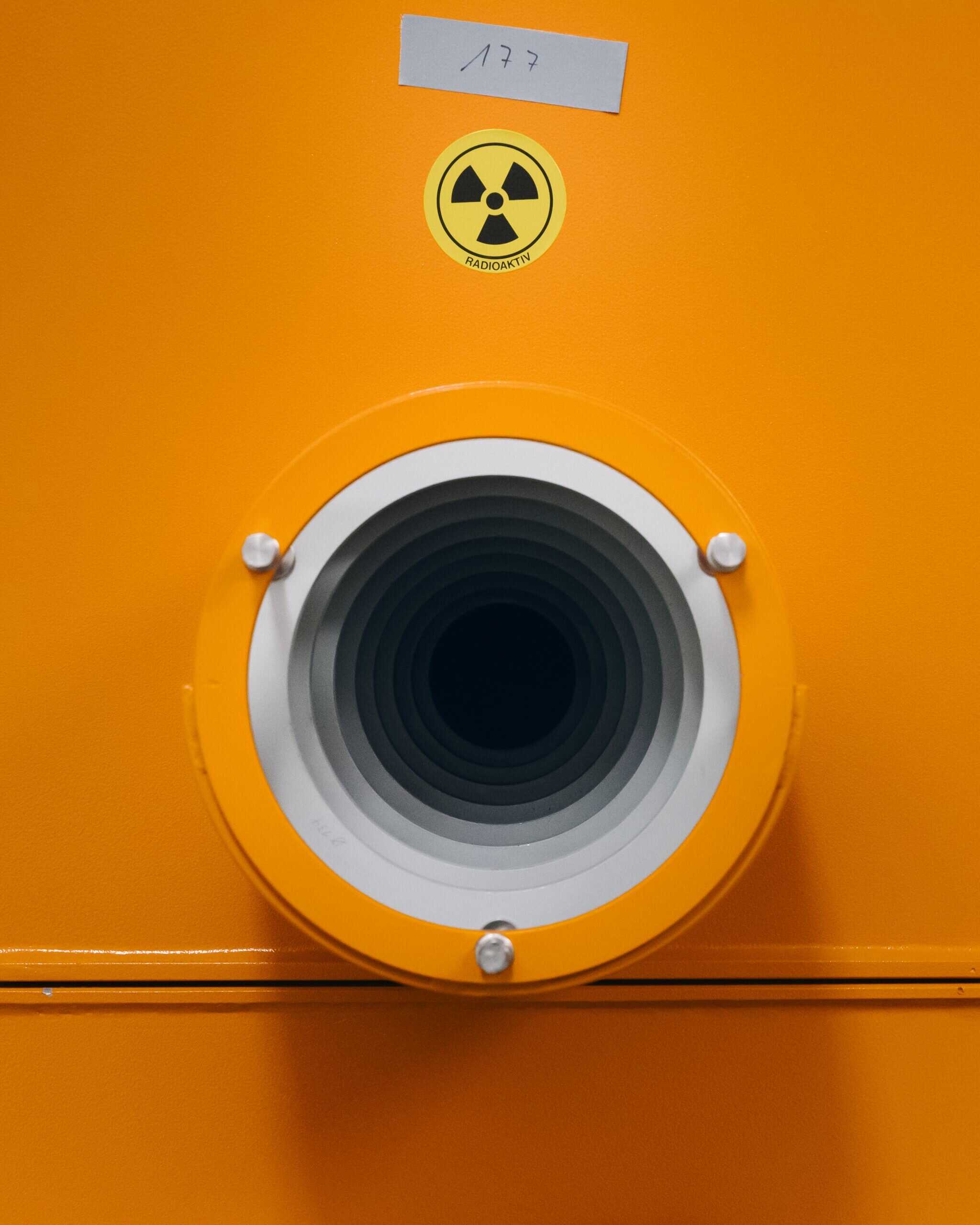
Tracing the Possible: Resilience in a Changing World
Rounding out the program, the collective exhibition “Tracing the Possible” unites seven photojournalists from the laif agency. Daniel Chatard, Jana Islinger, Jeannette Petri, Nora Bibel, Rui Camilo, Marzena Skubatz, and Sitara Ambrosio bring their lenses to the frontline of crises—climate upheaval, conflict, migration—yet insist on stories of resilience. These are not images that dwell in despair. Instead, they trace fragile but undeniable lines of solidarity and reinvention. If there is a manifesto in these frames, it is one of collective possibility, highlighted notably at the FOTOHAUS ARLES 2025.
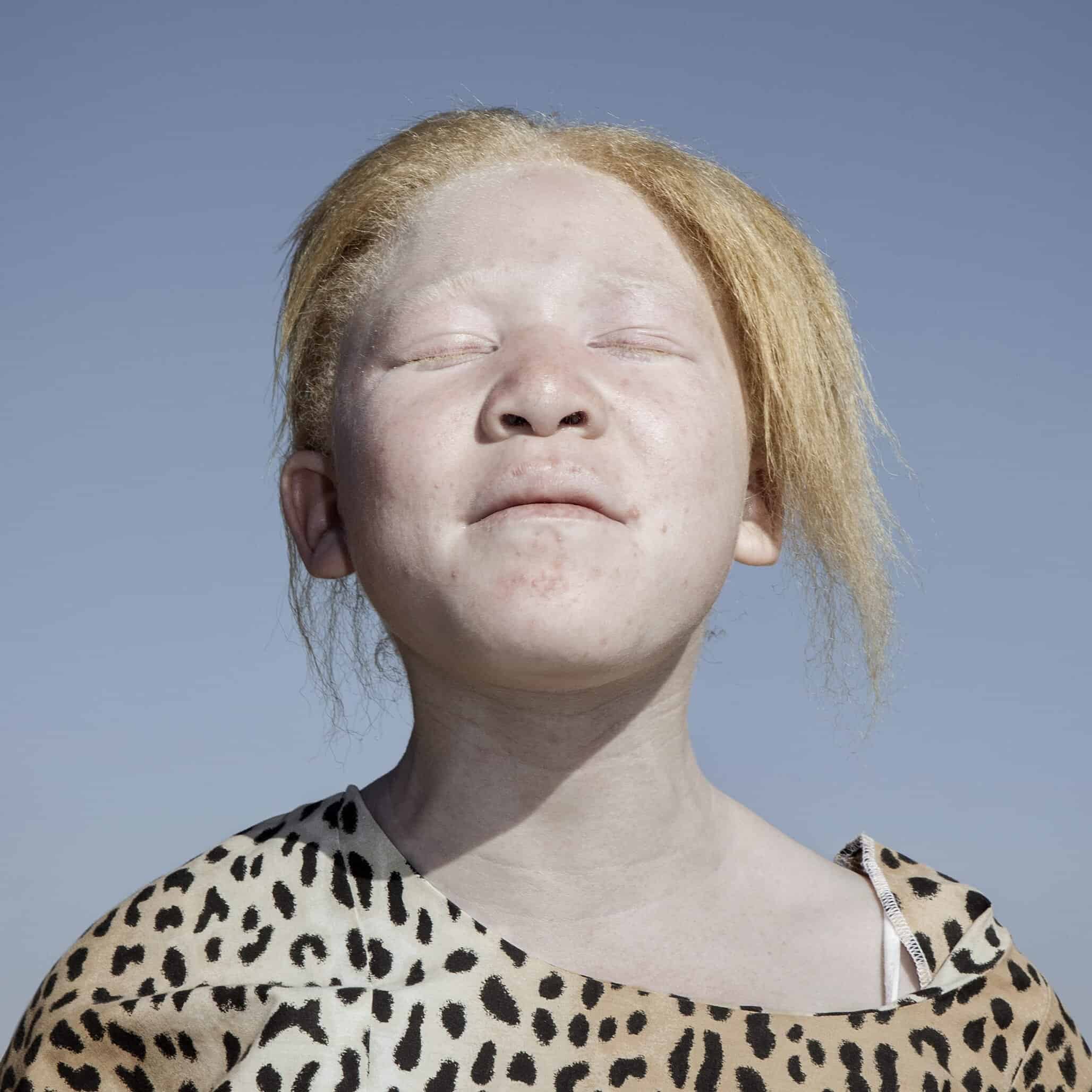
A Partnership That Lets the Work Speak
While WhiteWall’s expertise—FineArt prints, wood mounts, and meticulous finishing—underpins the entire exhibition, the technology never steals the show. It simply recedes, allowing each project to speak in its own urgent voice, especially within FOTOHAUS ARLES’s 2025 edition.

FOTOHAUS ARLES 2025 is a reminder that photography remains one of the most potent tools to reckon with our moment. It serves as part witness, part memory, and part proposition for the future. In Arles, the conversation continues—on white walls, and far beyond them.
Share this post
One day when I was barely two my mom let me push her out of her bedroom. She was curious so she ran outside the house so she could watch me through the window. I climbed up on a chair by her vanity and started putting on her makeup. I loved playing dress up as a kid. Putting on my mom's sequin tube tops and high heeled shoes and then putting on a dance show in the lobby or the restaurant of the hotel/residence we lived in. It was the best childhood ever. Dress-up, dancing, playing with barbies, and drawing were my favorite things to do. I have not changed one bit today. If I am creating I am happy.
Now I am in Paris for the second time in my life and I am having a ball playing with my partner in crime Julien Crouigneau. We founded IRK Magazine together in 2015 and we are proud to collaborate with some amazing artists, and influencers.
We are also a photography duo under the pseudonym French Cowboy. We love to tell stories and create poetic images that are impactful.
Read Next

